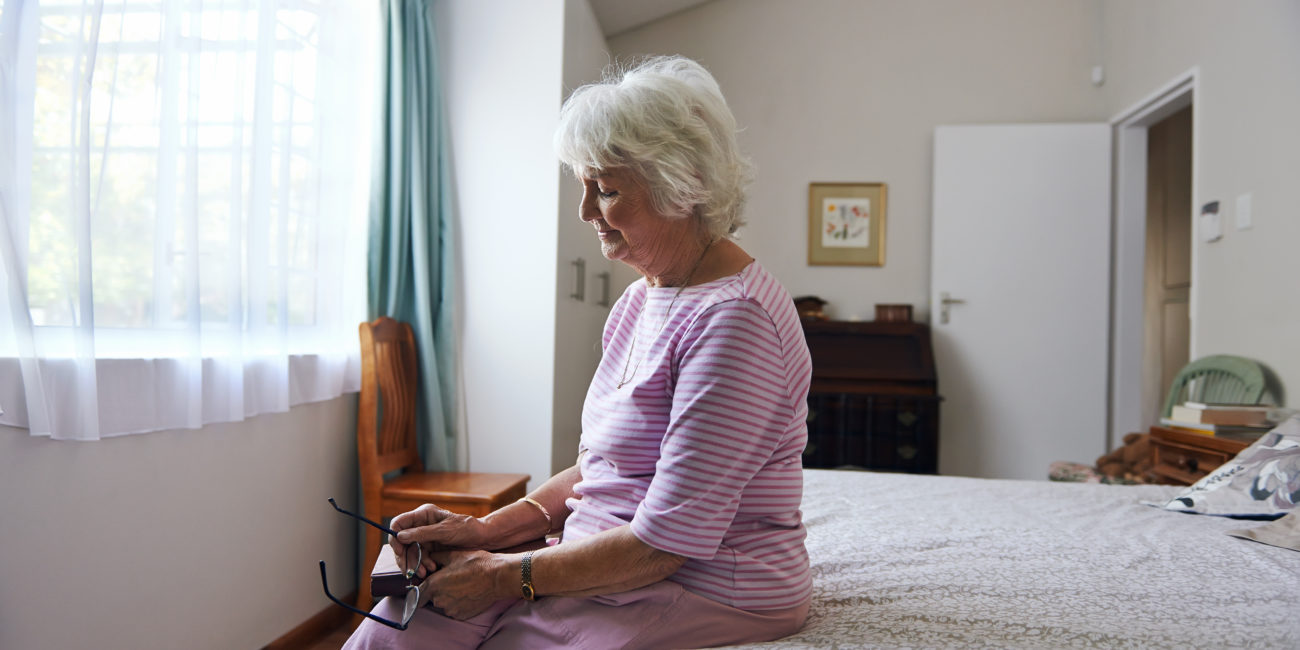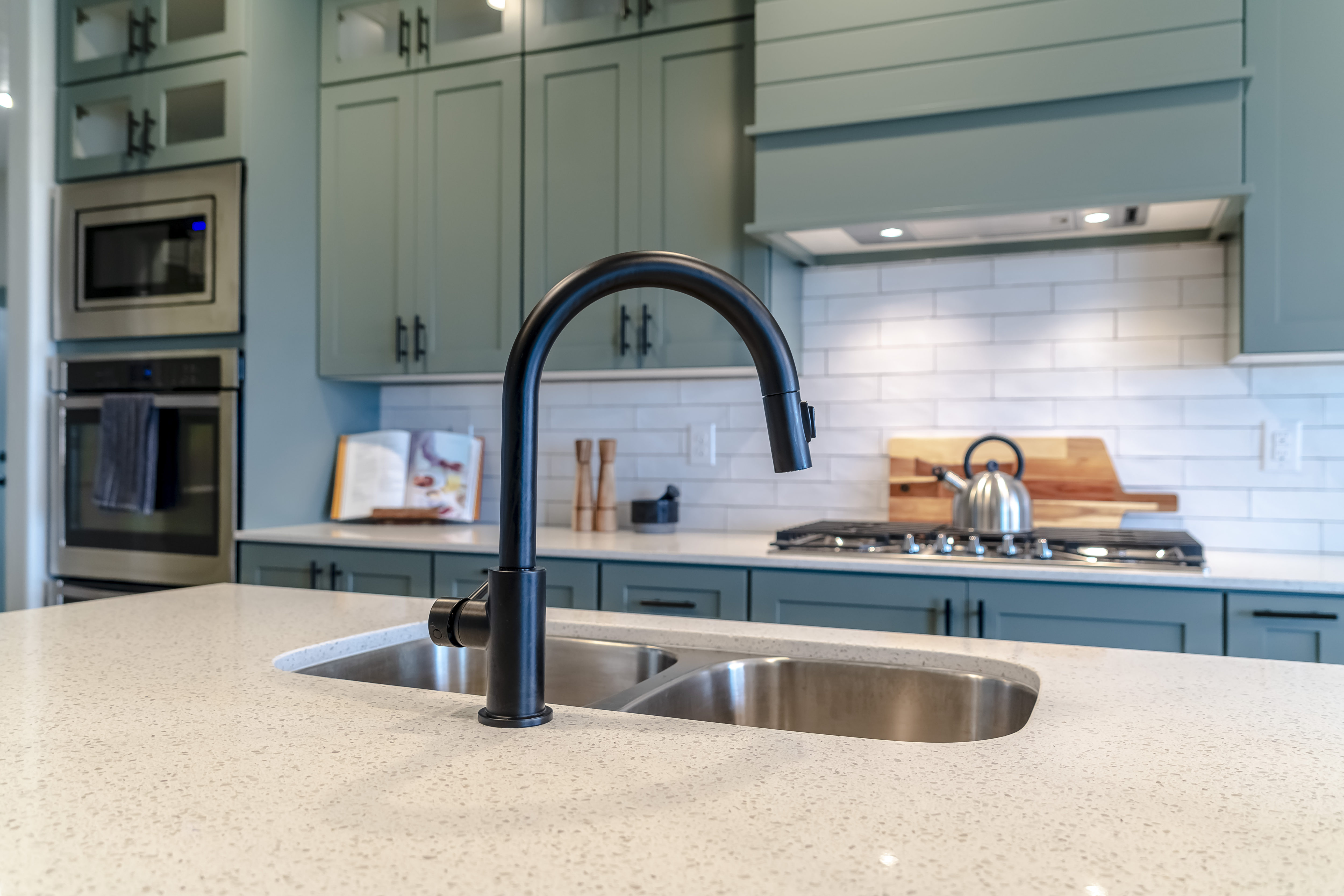Dementia Alzheimer's Diagnosis?
When you notice episodes of forgetfulness or confusion while caring for your aging parent, it is easy to fear that your loved one is developing Alzheimer’s. But you cannot allow your fear to stop us from acting.
First, it is important to make an appointment with your family doctor or a memory care specialist. In some cases, confusion and memory loss can be treated and even reversed. A medical professional will want to rule out other conditions that are treatable, such as depression, vitamin deficiencies, diabetes complications, Mild Cognitive Impairment (MCI), and an array of other conditions.
An early diagnosis can reverse damage in some diseases and help slow the progression of others. If your loved one has recently been diagnosed with Alzheimer’s, it is helpful to use this time to allow them to participate in their long-term planning. Rest assured, Alzheimer’s patients, with aid and proper planning, can continue to live in their own homes for many years. And, you can help assure that with the help of caregivers, outside care providers, and assistive products and devices.
Risk of Injury in the Home


Alzheimer’s symptoms can make it difficult for someone to manage daily tasks such as cooking, eating, bathing, dressing, turning on and off lights, or even answering the phone. Memory problems may cause them to leave the water running in the sink, leave the gas stove burner on, or forget how to turn the lights on.
The risks of injury or inability to deal with an emergency make it essential to remove dangerous items and modify the person’s home environment to keep them safe. Keep reading for ways you can make the home safer for your loved one in this new stage of life.
Ways to Make a Bedroom Safer


- Can your loved one get in and out of bed safely? If not, consider purchasing an electric bed or mattress. A trapeze bar can be installed if a loved one has difficulty getting out of bed. A bed rail can keep your loved one from falling from bed.
- Is a light accessible from the bed? Installing night lights might help preventing trips or falls.
- Can the phone be easily reached? Place a cellular phone in a pocket attached to the bed rail.
- Can clothing in the closet and dresser be reached? A grab tool may be helpful
- Is there a clear path to the bathroom? A bedside commode or urinal may help with accessing the toilet, especially at night.
Ways to Make a Living Room Safer


- Are the walking pathways uncluttered?
- Can your loved one get up and down from the sofa or chair safely? If not, consider investing in chairs with firm backs, armrests, and firm seats. Adding raised seat cushions to existing pieces of furniture adds height to them, making movement easier
- Can windows and doors be opened quickly and locked securely? Add specialty window locks for easier use.
- Can the television be easily managed? Consider purchasing a large flat-screen TV with a large button remote.
- Can the light switches be manipulated easily? If not, try to consider voice-activated lamps.
- Are electrical cords, and telephone cords secured and out of the way to prevent tripping? Do not run cords under furniture or rugs where they can become frayed or damaged. Secure them with wire covers.
- Is there adequate lighting throughout the house or apartment? Consider voice-activated lamps with LED bulbs or a Hue system.
Ways to Make a Bathroom Safer


- Is the doorway accessible?
- Can your loved one safely get in and out of the shower or bathtub? If not, install grab bars on the inside and outside of the bathtub or shower. In some cases, bath lift equipment may be needed.
- Will a transfer bench or tub chair be required? If so, use only ones with nonskid tips.
- Are there nonskid bath mats or nonskid strips in place?
- Can your loved one safely transfer to the toilet? If not, install a safety frame, raised toilet seat, or safety rails.
- Can the outlets be reached? Test GFCI outlets monthly by pushing the test button and making sure that the appliance turns off and resets.
- Can the light switches be turned on and off? Consider installing a voice-activated light system.
- Can the faucet be easily used? If not, consider a long handle faucet extension to the sink
- Are there night lights readily placed around the home?
- If there is a small bathroom rug, get rid of it. Replace it with a large rug covering most of the floor and apply an adhesive back to it.
- To reduce the risk of cuts, use an electric razor for shaving, especially if the person is taking blood-thinning medicines.
Ways to Make a Kitchen Safer


- Is the doorway accessible?
- Are the appliances in working order? Label faucets with “HOT,” “COLD,” as well as other items such as the oven, iron, or toaster to avoid burns.
- Can the taps of the sink be manipulated? If not, consider a long handle faucet extension to the sink.
- Can the refrigerator and freezer be opened and closed without much force?
- Can the high and low cabinets be safely opened and closed? Label cabinets and drawers with the contents to make it easier to find things. Install childproof latches on cabinet doors.
- Make it easier to keep track of time with a comprehensive wall clock.
- Install a smoke and carbon monoxide detector
- Is there an adequate workspace?
- Can utensils, pots, and pans, and food be safely reached? Adaptive utensils, scoop plates, and redware sets make it easier to cook and eat.
- Can the stove controls and door be carefully managed? Install safety knobs and an automatic shut-off switch on the stove.
- Can the outlets be reached? Consider plug covers for electrical outlets.
- Can food be safely transported to the eating area? Plastic dishes and cups eliminate the risk of breaking and cuts.
- Are sharp objects such as scissors and knives securely stored?
- Are flammables kept away from the stove area? Keep towels, curtains, and other flammable items away from the range/stove.
- Remove items that could pose a danger to someone with Alzheimer’s, such as sharp objects, medicines, chemicals, cleaning products, power appliances, glass items, and small throw rugs, and store them out of reach.



Leave a Reply